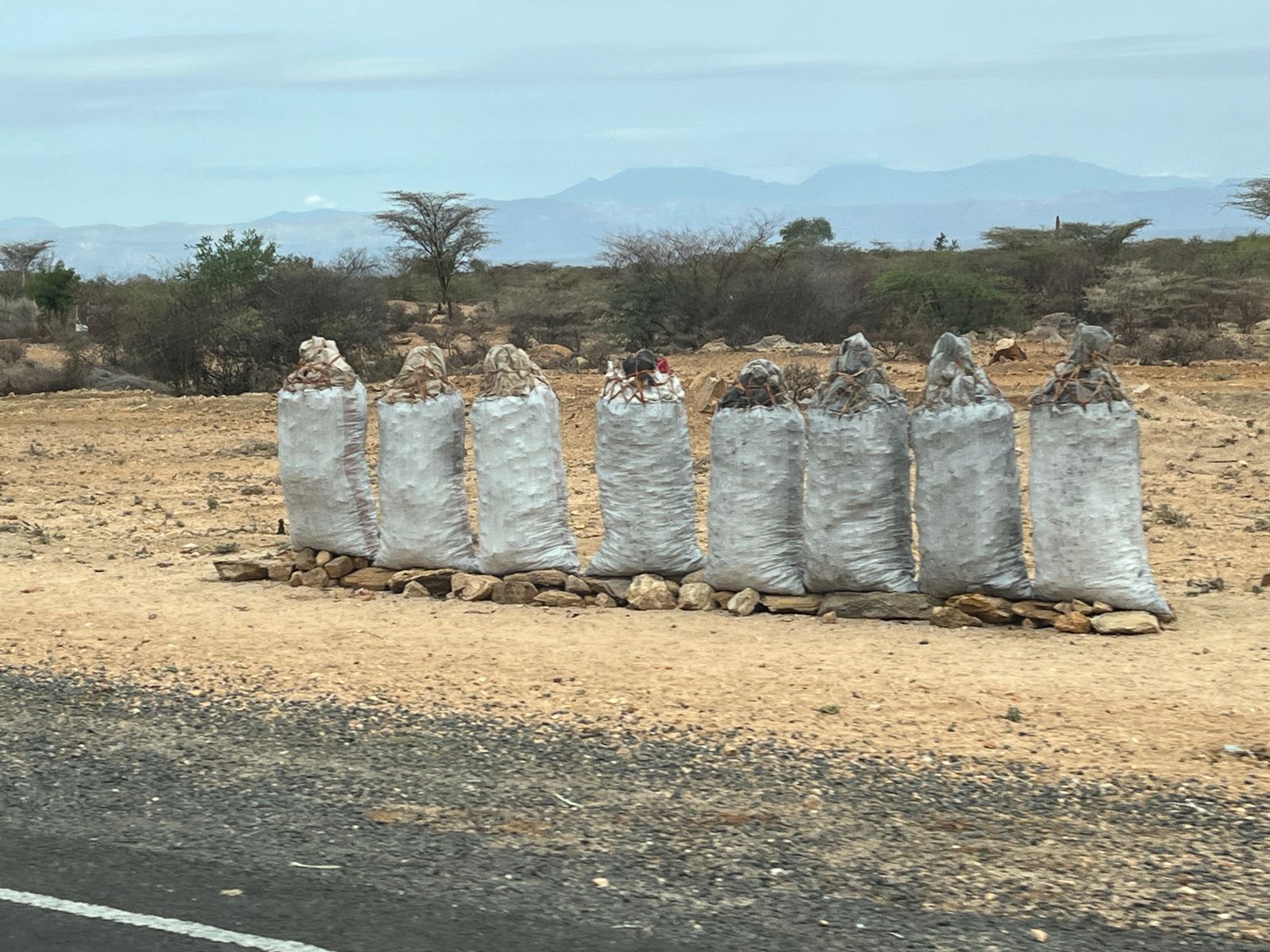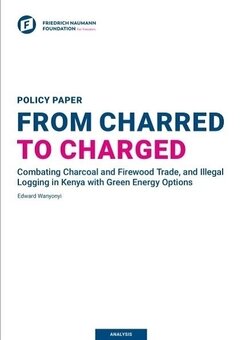Africa
The battle for climate begins at the cooking pot

From September 4 to 8, Kenya will host Africa Climate Week, one of four Regional Climate Weeks leading up to COP 28 in Dubai, the next major UN climate conference. In Nairobi, policymakers, practitioners, business and civil society will discuss action on climate change in Africa. The challenges are right around the corner, but there are no easy solutions. The example of charcoal shows that.
Charcoal is part of the street scene in Nairobi. In the city's many markets, traders offer the fuel openly - in large bags of 35 kilograms or in old cans containing two kilograms for daily use.
After all, one in four households in Nairobi and the country's other cities cook with charcoal or firewood. In rural areas, the figure is over ninety percent. On average, that makes two-thirds of households in the country.
Yet the charcoal trade should not even have existed since 2017. In that year, the law against illegal logging was passed, which also prohibits the transport and sale of charcoal. Forest owners are allowed to produce charcoal, but only with a license and only for their own use. There are stiff penalties for smuggling charcoal: $70 per bag or three months in prison.
How can it be that the markets are still full? Compared to the profits traders make from the illegal business, the penalties are small. In reality, trials rarely happen anyway. Many inspectors, policemen, politicians or employees of the Kenya Forest Service, who are supposed to supervise the protection of the forests, are involved in the cartels that organize the smuggling. 70 dollars is the usual bribe for them - regardless of the number of bags or trucks.
Thus, the illegal charcoal trade goes on largely unchecked, and with it illegal logging. This destroys valuable natural forests in particular. The situation is particularly dramatic in the drought-threatened regions in the north of the country. Here, acacias are the last protection against the devastation, until they are processed into charcoal and offered for sale at the roadside.
The logging is at odds with the Kenyan government's stated reforestation goals. "Let's plant 15 billion trees," the Ministry of Environmental Protection, Climate Change and Forestry is currently proclaiming from large posters. The promise is that by 2032, 30 percent of Kenya's land will be covered with trees. The current figure is twelve percent.
Effective protection of existing forests would make at least as much sense as the reforestation program. But to the surprise of many, the Kenyan government lifted the 2017 ban on logging by presidential decree in July 2023. It has been replaced by what is known as "Responsible Forest Management." According to this, certain forest areas may be used for the cultivation of food or the sustainable production of firewood or charcoal. In view of the economic crisis, the government wants to create jobs and provide cheap fuel in this way. The outcry from environmental groups and the media is great. They fear that the destruction of the forests will now proceed even faster.
But what could sensible measures to protect Africa's forests look like? Effective enforcement of laws and fighting corruption would be a start. But that is difficult to achieve in Kenya and most states in Africa. In addition, what is needed in any case are offers for the estimated 700,000 people who earn their living in Kenya from the production and trade of charcoal. Without alternative sources of income, they will always find ways to circumvent bans.
Likewise, millions of Kenyan households need affordable sources of energy for cooking. LPG and electricity, while theoretically available, are prohibitively expensive for most Kenyans. There is also usually not enough money to buy solar ovens or fuel-saving wood stoves. Thus, at least for a transitional period, there is no alternative to controlled and sustainable production of firewood and charcoal. It would be crucial that this goes hand in hand with effective protection of the valuable natural forests and trees in the arid and semi-arid regions. But there is a wide gap between aspiration and reality. There is much to discuss at the African Climate Week.

